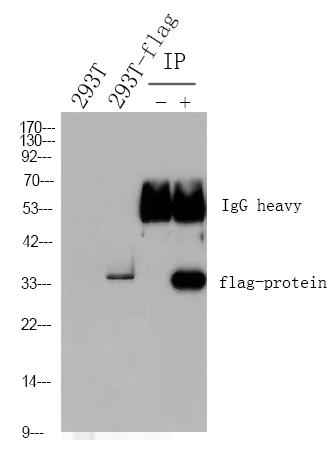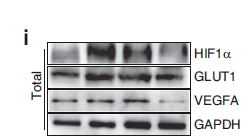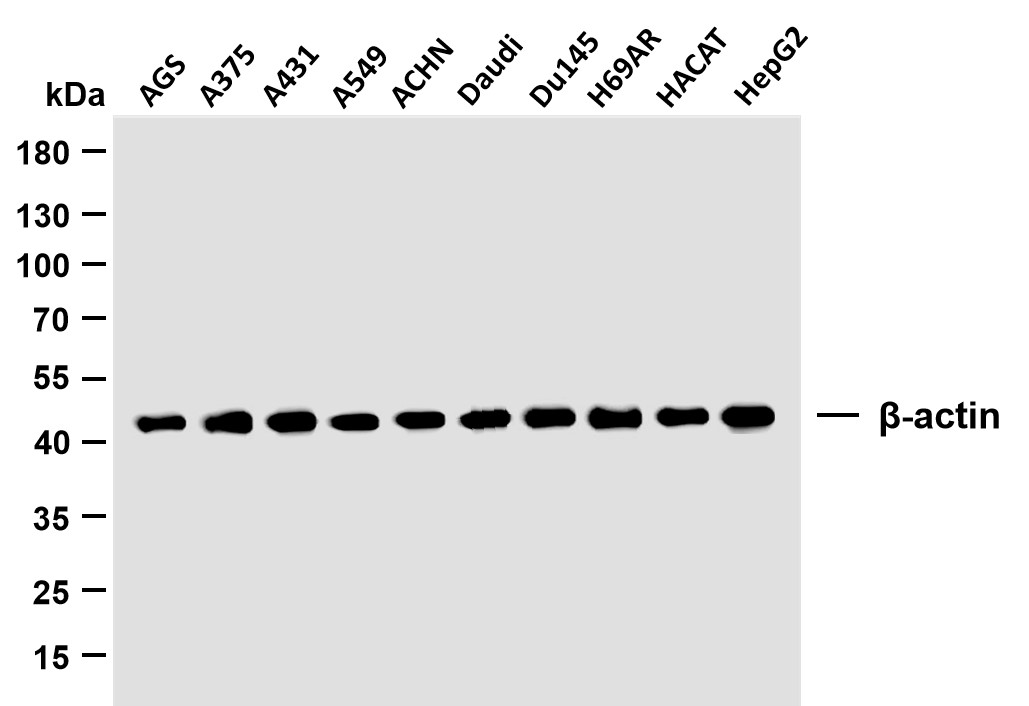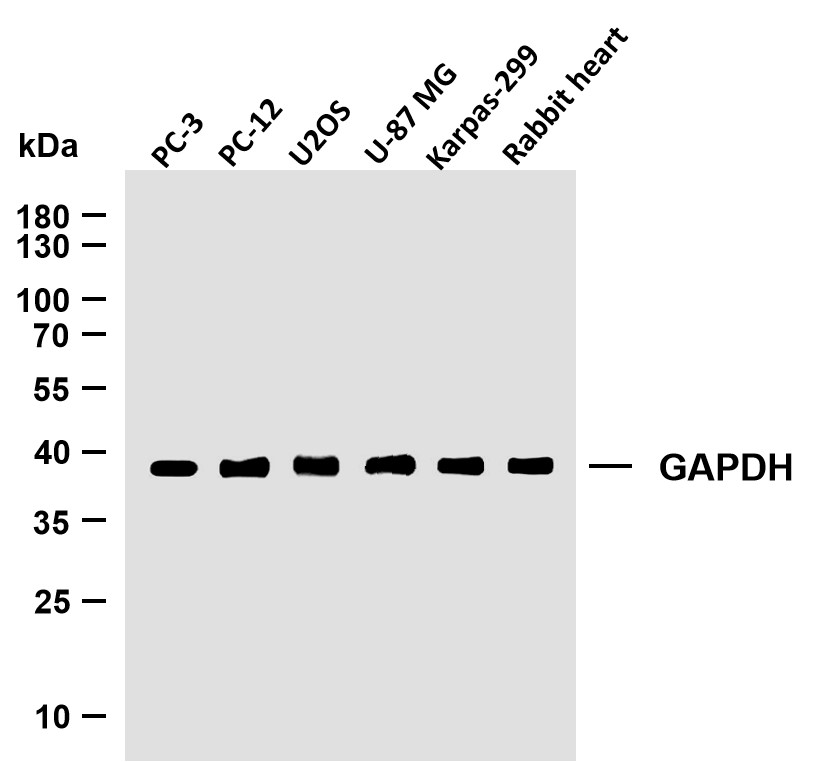
Catalog: YN4081
Size
Price
Status
Qty.
200μL
$450.00
In stock
0
100μL
$280.00
In stock
0
40μL
$150.00
In stock
0
Add to cart


Collected


Collect
Main Information
Target
EYS
Host Species
Rabbit
Reactivity
Human
Applications
IHC, IF
MW
348kD (Calculated)
Conjugate/Modification
Unmodified
Detailed Information
Recommended Dilution Ratio
IHC 1:50-200; IF 1:50-200
Formulation
Liquid in PBS containing 50% glycerol, 0.5% BSA and 0.02% sodium azide.
Specificity
This antibody detects endogenous levels of EYS at Human
Purification
The antibody was affinity-purified from rabbit antiserum by affinity-chromatography using epitope-specific immunogen.
Storage
-15°C to -25°C/1 year(Do not lower than -25°C)
Concentration
1 mg/ml
MW(Calculated)
348kD
Modification
Unmodified
Clonality
Polyclonal
Isotype
IgG
Related Products
Antigen&Target Information
Immunogen:
Synthesized peptide derived from human EYS AA range: 2780-2830
show all
Specificity:
This antibody detects endogenous levels of EYS at Human
show all
Gene Name:
EYS C6orf178 C6orf179 C6orf180 EGFL10 EGFL11 SPAM UNQ9424/PRO34591
show all
Protein Name:
EYS
show all
Background:
The product of this gene contains multiple epidermal growth factor (EGF)-like and LamG domains. The protein is expressed in the photoreceptor layer of the retina, and the gene is mutated in autosomal recessive retinitis pigmentosa. Multiple transcript variants encoding different isoforms have been found for this gene. [provided by RefSeq, Dec 2008],
show all
Function:
Disease:Defects in EGFL10 are the cause of retinitis pigmentosa type 25 (RP25) [MIM:602772]. RP leads to degeneration of retinal photoreceptor cells. Patients suffer of night blindness, beginning at approximately 25 years of age, and deterioration of visual acuity (central vision), beginning at approximately 30 years of age. By age 55 to 60 years, many affected subjects had no perception of light in either eye.,Function:Required to maintain the integrity of photoreceptor cells.,miscellaneous:Although the protein is conserved in Drosophila, the gene encoding the orthologous protein is inactive in rodents.,similarity:Belongs to the EYS family.,similarity:Contains 27 EGF-like domains.,similarity:Contains 5 laminin G-like domains.,subcellular location:Localizes in the photoreceptor cells layer.,tissue specificity:Present in retina.,
show all
Cellular Localization:
Cell projection, cilium, photoreceptor outer segment . Cell projection, cilium . Cytoplasm, cytoskeleton, cilium axoneme . Cytoplasm, cytoskeleton, microtubule organizing center, centrosome . Secreted, extracellular space, extracellular matrix, interphotoreceptor matrix . Localizes to discrete puncta at, or adjacent to, the photoreceptor connecting cilium (PubMed:27737822). Highly expressed in cone photoreceptor outer segments (PubMed:27737822). Weakly expressed in rod photoreceptor outer segments (By similarity). May localize to the cilium axoneme (PubMed:27846257). May also be secreted into the interphotoreceptor extracellular matrix (PubMed:27737822). .
show all
Tissue Expression:
Expressed in retina (at protein level) (PubMed:18976725, PubMed:18836446, PubMed:27737822, PubMed:27846257). Isoform 1: Detected in retina (PubMed:27846257). Isoform 2: Detected in retina (PubMed:27846257). Isoform 3: Strongly expressed in retina and testis (PubMed:27846257). Isoform 4: Strongly expressed in testis, and weakly expressed in retina (PubMed:27846257).
show all
Reference Citation({{totalcount}})
Catalog: YN4081
Size
Price
Status
Qty.
200μL
$450.00
In stock
0
100μL
$280.00
In stock
0
40μL
$150.00
In stock
0
Add to cart


Collected


Collect
Recently Viewed Products
Clear allPRODUCTS
CUSTOMIZED
ABOUT US
Toggle night Mode
{{pinfoXq.title || ''}}
Catalog: {{pinfoXq.catalog || ''}}
Filter:
All
{{item.name}}
{{pinfo.title}}
-{{pinfo.catalog}}
Main Information
Target
{{pinfo.target}}
Reactivity
{{pinfo.react}}
Applications
{{pinfo.applicat}}
Conjugate/Modification
{{pinfo.coupling}}/{{pinfo.modific}}
MW (kDa)
{{pinfo.mwcalc}}
Host Species
{{pinfo.hostspec}}
Isotype
{{pinfo.isotype}}
Product {{index}}/{{pcount}}
Prev
Next
{{pvTitle}}
Scroll wheel zooms the picture
{{pvDescr}}


















